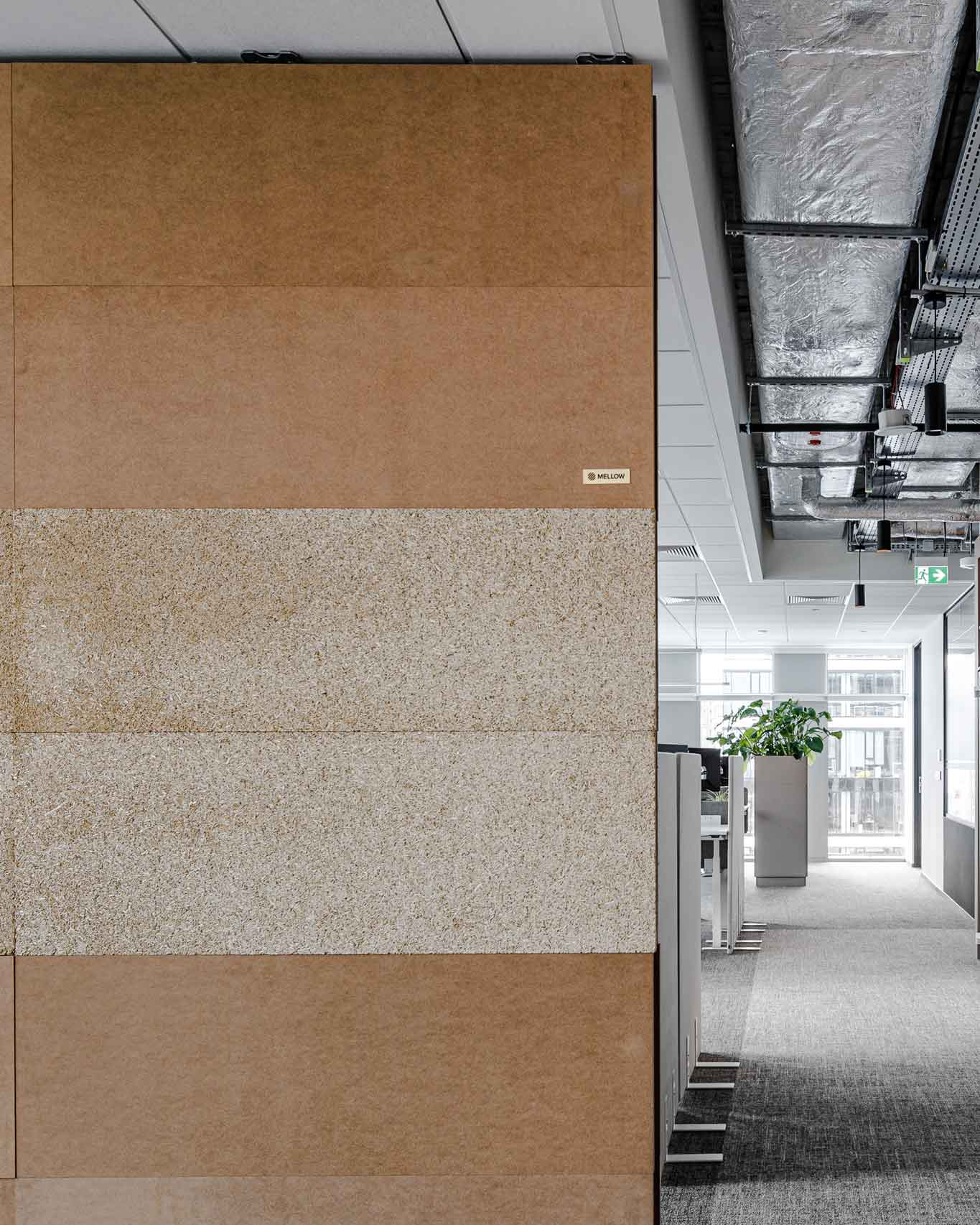
Cultural Fusion: The Global Roots of Sustainable Scandinavian Design Excellence
Author: Raluca Andreea Orlanschi
Scandinavia is renowned for its minimalist and eco-friendly approach to design, but what truly sets it apart is how global cultural traditions influence its sustainable practices. By integrating elements from various cultures, Scandinavian designers create unique furniture that embodies both aesthetic appeal and environmental consciousness. This fusion of ideas enriches the design landscape, making Scandinavian furniture a global symbol of sustainability and innovation.
Understanding Cultural Influences in Sustainable Design
In this article, we will explore how different cultural practices and traditions inspire sustainable design elements in Scandinavian furniture. We’ll highlight specific examples and share stories from designers who draw inspiration from around the world, showcasing how these global influences are seamlessly woven into the fabric of Scandinavian design.
Aiming for Sustainable Design
To acquaint you with the concept, sustainable design focuses on creating products with minimal environmental impact, often through the use of recycled materials, energy-efficient processes, and designs that encourage longevity and reuse.
The concept of sustainable Scandinavian design, therefore, involves incorporating these principles while drawing inspiration from diverse cultural traditions. This fusion creates a rich tapestry of design that is both functional and eco-friendly. Nina Højgaard, an expert in sustainable design, notes that Scandinavian designers often look beyond their borders to find innovative ways to incorporate sustainability into their work. This approach has led to the integration of global traditions into the Scandinavian design ethos.
Key Factors of Cultural Influences in Scandinavian Design
What factors have led to the successful integration of cultural influences in Scandinavian design? Key aspects include the adoption of traditional craftsmanship, the use of natural materials, and the incorporation of cultural motifs and techniques. These elements collectively contribute to creating furniture that is not only sustainable but also rich in cultural heritage.
Traditional Craftsmanship
One of the most notable examples of cultural influence is the adoption of Japanese woodworking techniques. Danish designer Hans Jørgensen learned about the precision and care in Japanese joinery during his travels. Inspired by this, he incorporated these techniques into his furniture designs, resulting in pieces that are not only beautiful but also incredibly durable. Jørgensen’s tables and chairs are celebrated for their seamless joints and minimal use of hardware, reflecting a deep respect for the material and the craftsmanship involved.
Natural Materials
The use of natural materials is another significant aspect of sustainable Scandinavian design. Swedish designer Lena Ekström has been deeply inspired by the indigenous cultures of North America, particularly their use of raw, untreated materials. She incorporates materials like driftwood and untreated leather into her designs, creating furniture that is both rustic and elegant. Ekström’s work often features these materials, bringing a touch of nature indoors and highlighting the sustainable practices of using locally sourced, natural materials.
Cultural Motifs and Techniques
Cultural motifs and techniques also play a vital role. Norwegian designer Erik Thorvaldsen has embraced African weaving techniques in his furniture. He collaborates with local artisans in Kenya to create intricate woven patterns using sustainable materials such as sisal and jute. These collaborations not only bring unique textures and designs to Scandinavian furniture but also support sustainable practices in the artisan communities. Thorvaldsen’s pieces are not only visually stunning but also represent a fusion of cultural craftsmanship and sustainable practices.
Environmental Impact
The environmental impact of integrating these cultural traditions into Scandinavian design is profound. By adopting sustainable practices from various cultures, Scandinavian designers reduce waste, promote the use of eco-friendly materials, and support traditional crafts that might otherwise be lost. These practices help to create a design ecosystem that values sustainability and cultural heritage equally.
Showcasing Examples
The Influence of Japanese Joinery
Hans Jørgensen’s work showcases the precision and elegance of Japanese joinery. His tables and chairs are celebrated for their seamless joints and minimal use of hardware, reflecting a deep respect for the material and the craftsmanship involved. Jørgensen’s pieces often highlight the beauty of the wood, with clean lines and simple forms that emphasize the natural grain and texture of the material.
Native American Inspirations
Lena Ekström’s designs often feature materials and techniques inspired by Native American traditions. Her use of driftwood and leather not only brings a touch of nature indoors but also highlights the sustainable practices of using locally sourced, natural materials. Ekström’s furniture pieces are known for their organic forms and natural finishes, which create a sense of harmony and connection with nature.
African Weaving Techniques
Erik Thorvaldsen’s collaboration with Kenyan artisans brings vibrant, intricate woven designs to Scandinavian furniture. These pieces are not only visually stunning but also represent a fusion of cultural craftsmanship and sustainable practices. Thorvaldsen’s work often incorporates bright colors and bold patterns, which add a unique and dynamic element to his designs.
Integrating Global Traditions: The Creative Process
Initial Conceptualization
The journey from concept to reality begins with brainstorming and conceptualization. Designers and artists collaborate to develop ideas that align with their shared vision of sustainability and artistic expression. This phase involves sketching designs, selecting materials, and planning the overall aesthetic. The goal is to create furniture that is both functional and beautiful, with a strong emphasis on sustainability.
Material Sourcing
Sustainability is at the forefront of material selection. Collaborators seek out reclaimed, recycled, and eco-friendly materials that minimize environmental impact. This step often involves scouring local sources for hidden gems, such as discarded wood, metal scraps, and other reusable items. By using these materials, designers can reduce waste and create furniture that is environmentally friendly.
Crafting and Creation
Once the materials are gathered, the real work begins. Artists and designers bring their concepts to life through a combination of traditional craftsmanship and modern techniques. This phase is marked by creativity, experimentation, and a commitment to sustainability. The crafting process often involves a deep respect for the materials, with a focus on preserving their natural beauty and integrity.
Final Touches
The final step involves refining the pieces, adding eco-friendly finishes, and ensuring that each item meets high standards of quality and sustainability. The result is a unique piece of furniture that tells a story of collaboration, creativity, and environmental responsibility. Each piece reflects the cultural influences and sustainable practices that inspired its creation.
Conclusion: A Tapestry of Global Inspiration and Sustainability
The narrative of sustainable Scandinavian design is enriched by the integration of global cultural traditions. From Japanese joinery to Native American materials and African weaving techniques, these influences create a diverse and sustainable design landscape. Scandinavian designers continue to lead by example, demonstrating how cultural inspirations can enhance sustainability and enrich design. By embracing global traditions, Scandinavian designers not only create beautiful, functional furniture but also contribute to a more sustainable and culturally rich world.
Learning from eachother and creating a more sustainable and diverse future for us all is something we care deeply about here at mellow. If you’d like to learn more about how we can help you become more sustainable, book a call below.
References
- Højgaard, Nina. “Global Influences in Scandinavian Design.” Eco Design Publishing, 2020.
- Jørgensen, Hans. “The Art of Japanese Joinery in Scandinavian Furniture.” HansJorgensenDesigns.se.
- Ekström, Lena. “Nature’s Influence on Sustainable Design.” LenaEkstrom.se.
- Thorvaldsen, Erik. “Weaving Cultures: Scandinavian Design Meets African Craft.” ErikThorvaldsen.se.
- Sustainable Design Council. “The Importance of Sustainable Furniture Design.” Green Press, 2019.
- Thompson, Lucy. “Collaborative Creativity: Designers and Artists in the Sustainable Movement.” Eco Design Publishing, 2021.
subscribe to our newsletter!

Latest ArtiCles


building better with adaptable partition walls
